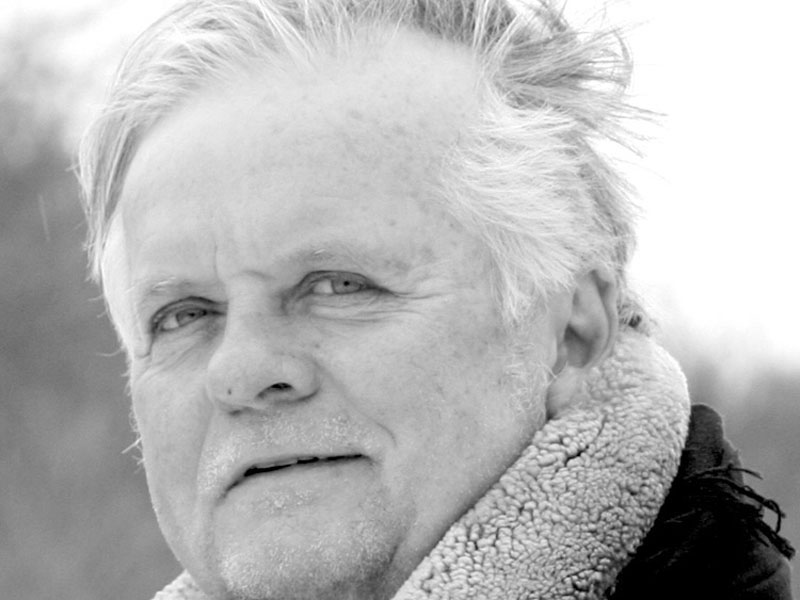Columnists
Price check in aisle three

My current place of observation is tethered to a parttime role facilitating the flow of people and shopping gear—grocery buggies and baskets —at the front entrance of a large local supermarket. Sorta like training to be a traffic light armed with a disinfectant spray bottle. While the setting is known ground for chance meet ups, caution of the day cuts down on banter and asides about the weather, but then encounters also call us to task. A one-on-one conversation from beneath masks can be hard work, our focus directed more than ever on the eyes of the other. We’re good with the eye contact part because seventy per cent of the body’s sense receptors cluster in the eyes, but when half the face is covered, well that’s another thing. Three times arm’s length from a raconteur with a mask-hidden voice can make you crazy. Eat your spinach and fill your basket with carrots or any other veggie that adds vitamins for hearing and sight is about all I can say.
Although we think of our eyes as smart seers, they are in fact light receptors that through a complicated maze of neurons convey messages to the brain that are then interpreted; life experiences good and bad are shelved in the brain’s vault of recognition.
It’s through the conduit of the eye where we take in and decipher the world; then the writing on memory’s wall helps retell the moments with candour, sometimes: ‘you shoulda seen the way he pictured her chasing through the fields lit up with sun and silver green as she headed his way, a sight to watch yet he did a double take, unsure whether what he saw was true or false; a trick of mind, the “fibs of vision” the poet Dylan Thomas once said?’
Store interiors are theatrical in their staging where eye line is influenced with the use of light, subtle repetition and seamless patterns. In a grocery outlet we are greeted with a neatly arranged tableau of bananas and lettuce, strawberries, blueberries, oranges and limes—a concentrated fanfare of colour. In many cases we are calmed. Then boxes, cans, bottles and jars, each with their own graphic labelling, are seamlessly faced toward human-scaled aisles with an ordered completion. Easy visual rhythms, both random and alternating offer flow. Grocery list in hand we loosen up in an atmosphere of human contact; music and also food aromas translate into reassurances of well-being, of plenty. Once we become familiar with an environment, memory will nudge us to return simply for the ease of familiarity. It is likely that being dislodged from everyday patterns contributes to unease. At the same time, perhaps, why the grocery store offers a readily accessible continuum, an inner comfort in these times; memory searches for the known, for the familiar—a word derived from the Old French, ‘famelier’ meaning related—friendly; family linked; known from long association. That would be us, and a good part of our nature.
The new ritual of interaction also calls for the added cleaning of hands; the rubbing of our palms appears to be a signal that we’re done with it, where in fact it’s about the pragmatic step of massaging in disinfectant.
Hands and eyes, touch and visual reflex are now played up with individual abilities and personalities. As an anecdote, in his later years the painter Cezanne questioned whether it was in fact his near-sightedness that was the genie with the brush; every stroke was carefully thought out, many scenes with a halo effect, all in his quest to make visible how the world touches us.
On the calendar we will soon reach our longest days of sunlight and on nights with the quieted perfume of lilac in the air I walk under the stars to simply chill. My recall sees a billboard-size assembly of photographs, a tapestry-like weave of masked faces, expression filled eyes. There are also up-facing palms of hands, likenesses threaded into tweedlike fabric; while surreal, for me the picture holds truth. The rounds of mind imagery are in a way similar to how different cultures imagine the stars. In this very moment I picture how the Bushmen of the Kalahari perceive the Milky Way; they see it as the ‘backbone of night’.

Comments (0)